
Zorin OS 15.1 Linux distro is ready to replace Microsoft's dying Windows 7 on your PC
Windows 7's death is imminent -- support for the popular operating system ends next month on January 14, making it extremely dangerous to use from a security standpoint after that date. This is very unfortunate for the millions of computer users that don't want to switch to the much-maligned Windows 10. Thankfully, in 2019, you don't have to run Windows anymore -- Linux is a totally legitimate option for both business and home use these days. Hell, even the Windows-maker sees the writing on the wall -- the company recently released its wildly popular Office 365 program, Microsoft Teams, for Linux.
If you are ready to ditch the soon-to-be-unsupported Windows 7 for a more secure Linux-based operating system, you have plenty of great options. One of the best choices, however, is Zorin OS -- a Linux distribution that specifically targets people switching from Windows. Today, the latest version of that operating system, Zorin OS 15.1, is released to the world.
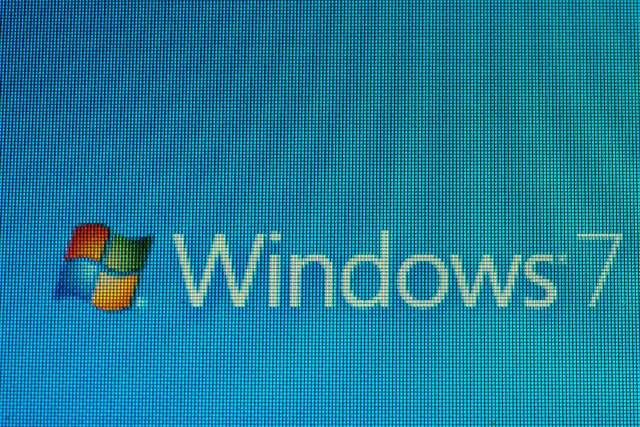
Microsoft is about to start aggressively advertising Windows 10 to Windows 7 stragglers
Windows 7 may be an aging operating system, but there are still plenty of individuals and organizations using it. With the end of support date of January 14 fast-approaching, Microsoft is getting twitchy and is eager for everyone to upgrade to Windows 10.
Having already started to notify Windows 7 hangers on that support is due to come to an end, the company is now ready to get a little more aggressive. If you haven't moved on from Windows 7, soon you will see full-screen notifications warning you that "your Windows 7 PC is out of support".
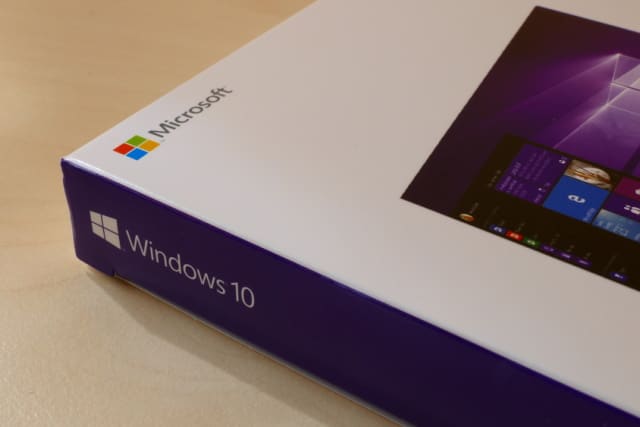
You can still upgrade to Windows 10 for free
When Windows 10 first appeared, Microsoft made quite a fuss about that fact that while it was possible to upgrade for free, this was a time-limited offer. Many people rushed to upgrade because they felt the deadline was hanging over them like the sword of Damocles… but it seems that the deadline was not as pressing as Microsoft made out.
In fact, you might be surprised to learn that more than five years after the launch of Windows 10, it is still possible to upgrade for free. So what's going on?
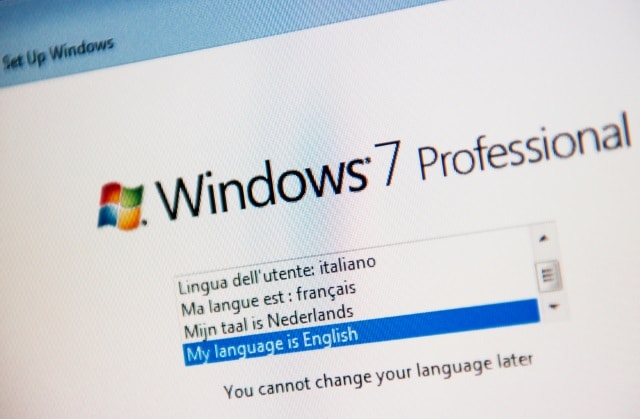
Microsoft warns Windows 7 Pro users about end of support
Six months after informing users of Windows 7 Home about the impending end of support for the operating system, Microsoft is now starting to display the same warning to Windows 7 Pro users.
While the warning message is spreading to most Windows 7 Pro users in a bid to encourage upgrading to Windows 10, not all users will see it.

Microsoft promises to provide security updates for federally certified voting Windows 7 systems
Windows 7 is certainly rather long in the tooth now, but it is still very widely used. As such, despite the general end of support coming in January, Microsoft has committed to keep Windows 7-based voted machine secure.
The company say that it will "provide free security updates for federally certified voting systems running Windows 7 through the 2020 elections, even after Microsoft ends Windows 7 support". Given the problematic nature of recent Windows 10 updates, this may come as little comfort as the Trump 2020 campaign continues.
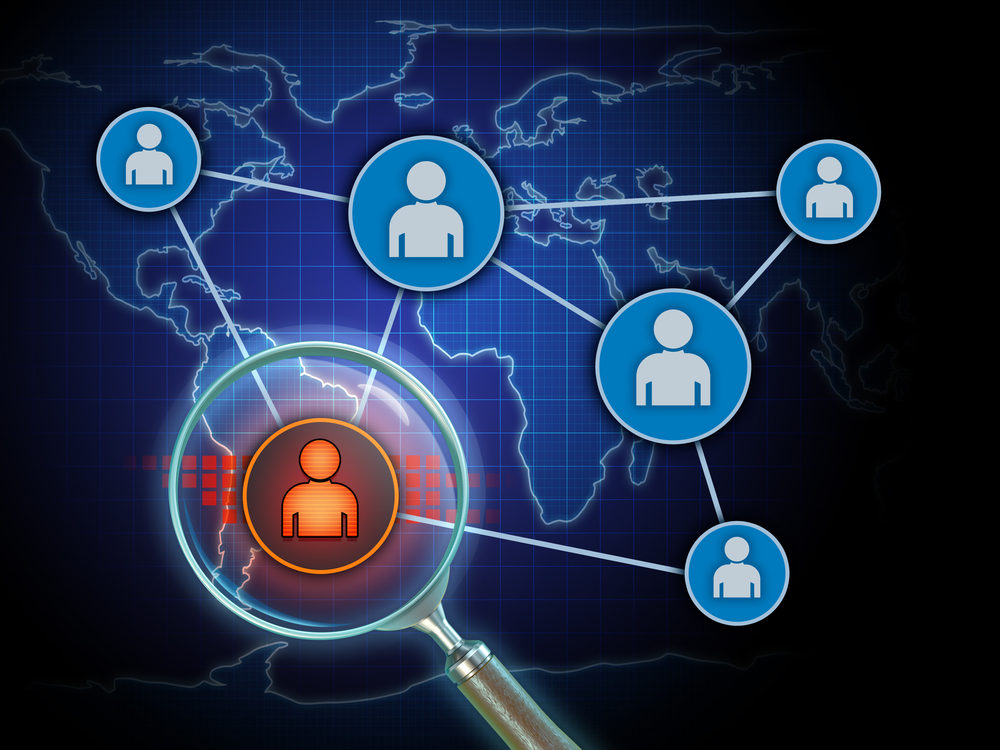
Businesses still at risk from outdated operating systems
A new report reveals that 32 percent of businesses still have Windows XP installed on at least one device on their network and 79 percent of businesses are running Windows 7, which will reach its end of service in January 2020, on one or more devices.
The study from IT industry marketplace Spiceworks also shows many businesses are turning to next-generation security solutions like AI-powered threat intelligence and security-as-a-service to face security threats and vulnerabilities including outdated operating systems, limited use of encryption, and a lack of in-house security expertise.

Enterprises lagging behind on Windows 10 migration
Windows 7 support comes to an end six months from now, although businesses will be able to pay for Windows 7 Extended Security Updates (ESU) for a further three years -- at a ratcheted cost. Windows Enterprise customers can expect to pay $25 per device for the updates, rising to $100 in the third year. For Windows 7 Professional, the starting figure is $50 per device, rising to $200.
Aware that time is running out, many enterprises have already moved to Windows 10, but a large number remain significantly behind in completing the migration process, according to new findings from endpoint management and security company 1E.

Microsoft sneaks telemetry into Windows 7 via security update
Microsoft appears to be at it again, adding telemetry components into its operating system. This time around it is Windows 7 that gets the telemetry treatment, and Microsoft seems to have gone about things in a rather sneaky fashion.
The latest "security-only" update for Windows 7 includes a Compatibility Appraiser element (KB2952664) which performs checks to see whether a system can be updated to Windows 10. Hardly what most people would consider a security-only update. So what's going on?

The majority of enterprises fear they will not complete Windows 10 migration on time: Here's what to do
Windows 10 was released on July 29, 2015. Anxious to deploy its enhanced security features, some organizations completed migration to the new OS well in advance of the January 14, 2020 deadline for end of support of Windows 7. As such, their IT teams have worked through the inevitable issues that come with the massive deployment. But, despite all of the discussions around management and updates, these enterprise teams are in a significant minority.
According to a recent survey, only 15 percent of enterprises have completed migration, and approximately a quarter of respondents anticipate that they will not fully convert before Windows 7 support ends. There are numerous reasons for this -- lack of time, lack of resources, and fears about greater management responsibilities are among the biggest culprits. With so many organizations unprepared for a migration deadline that is only a few short months away and Microsoft showing no signs of shifting the end-of-support timeline, companies are asking what they should do. Here are some options.

Windows 7 users not rushing to upgrade to Windows 10
It took a very long time for Windows 10 to finally overtake Windows 7, but the new OS finally achieved that feat four months ago, according to figures from NetMarketShare.
In March, Windows 10 made large share gains, while Windows 7 declined significantly, and that is a picture one would have expected to see continue in April, especially now that Microsoft has started alerting Windows 7 users to the impending end of life of their chosen OS. However, that has proven not to be the case. Despite the warning, it seems Windows 7 users aren’t in a rush to upgrade anytime soon.

Microsoft displays warning messages in Windows 7 about the impending end of support
Windows 7 users have started to report the appearance of a pop-up message from Microsoft informing them that support for the operating system is coming to an end.
While this will not come as a surprise to everyone, not all Windows 7 users will be aware that Microsoft is on the verge of dropping the ageing OS. We have already seen pop-ups encouraging users to update to Windows 10 but now Microsoft is turning up the pressure, telling Windows 7 users: "After 10 years, support for Windows 7 is nearing the end".
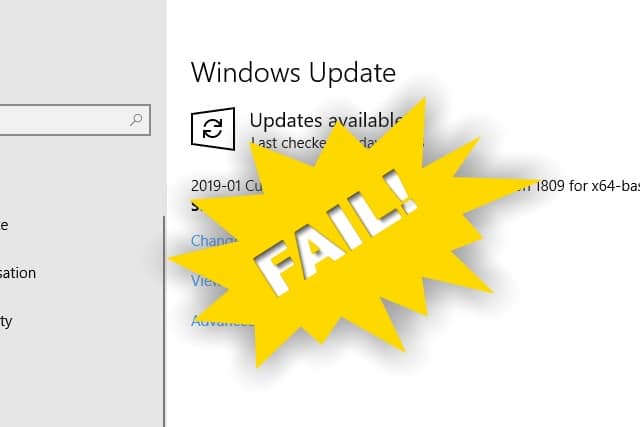
April's Patch Tuesday updates are causing Windows to freeze or slow down
If you installed the latest batch of patches from Microsoft this week and found that your computer started to freeze up or fail to boot, you are not alone.
The problem is affecting Windows 7, Windows 8.1, Windows Server 2012 and Windows Server 2012 R2, and stems from a compatibility issue with antivirus software. Users with antivirus tools from Avast, Avira and Sophos have experienced problems -- including slowing down Windows 10 -- and Microsoft has blocked the rollout of updates to some systems to try to limit the damage.
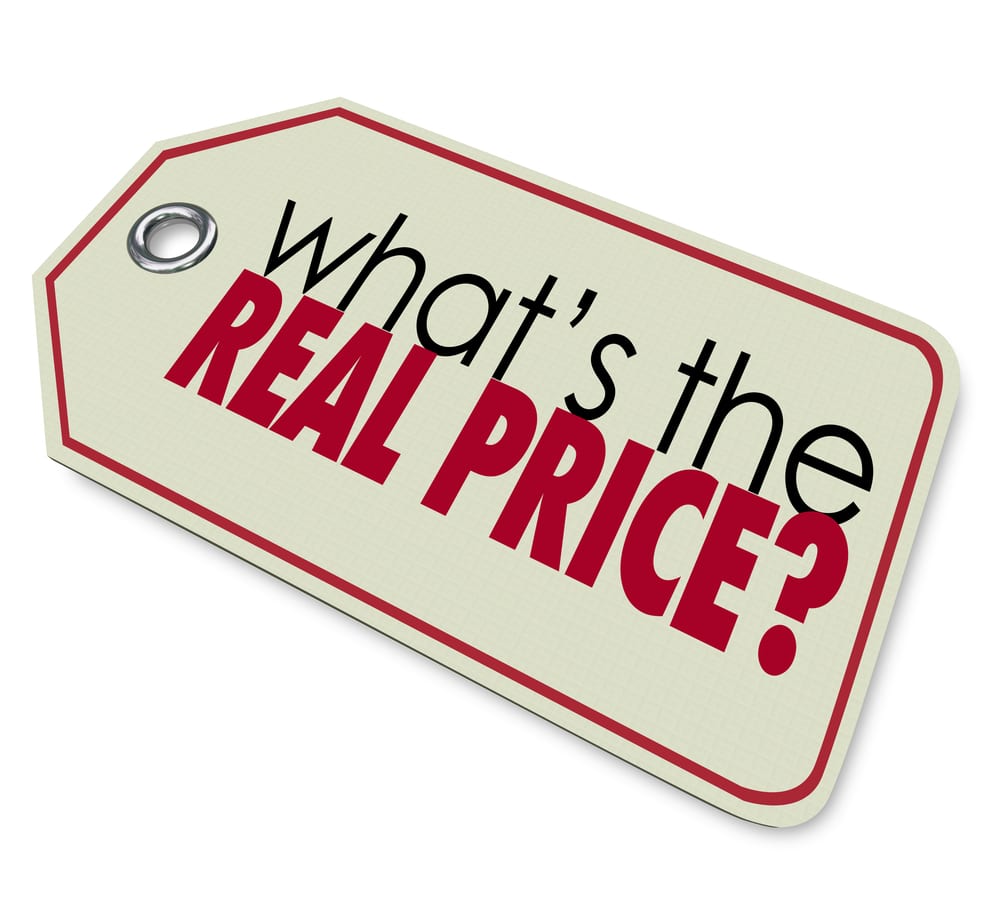
The hidden costs of managing Windows: How to overcome the 'penalty of growth' with upgrade automation
A growing employee roster. Expanding office locations. The use of innovative tools and technology. These are all the hallmarks of a successful and growing business. Unfortunately, they can also be substantial obstacles when it comes to keeping Windows endpoints current with the latest OS updates, security patches and software upgrades. Because of the time, cost and often a lack of resources, these hidden costs of Windows management force many organizations to stall in making crucial system upgrades. This puts them at grave risk of a security breach the likes of WannaCry or NotPetya that could shut down the entire company -- definitely not a growth driver.
For growing businesses, the modern work environment has made migrations, like the roll-up from Windows 7 to Windows 10 (and even everyday patching), extremely difficult with hidden costs that add up quickly in the race to merely stay current. Here are just a few obstacles in Windows management that inadvertently penalize businesses for growth.

Windows 10 makes large share gains, while Windows 7 declines significantly
It took quite some time for Windows 10 to overtake Windows 7, but it finally did it in December 2018, at least according to NetMarketShare’s figures.
In February however, Windows 10 actually lost share, while Windows 7 gained some, narrowing the gap between the two operating systems once more. In March though, roles were reversed, as Windows 10 made some big gains, and Windows 7 lost a sizable chunk of its share.

Leaked Chromium-based Microsoft Edge works great on Windows 7
Back in December 2018, Microsoft announced that it would be moving its Edge browser over to Chromium, with the intent being to align its web platform with both the main web standards and other Chromium-based browsers. Microsoft also said at the time that Edge would be made available for "all supported versions of Windows", not just Windows 10.
Last week, an early version of the browser leaked onto the web, and while most people who tried it would no doubt have done so through Windows 10, it does indeed run on Windows 7 (and Windows 8.1).
